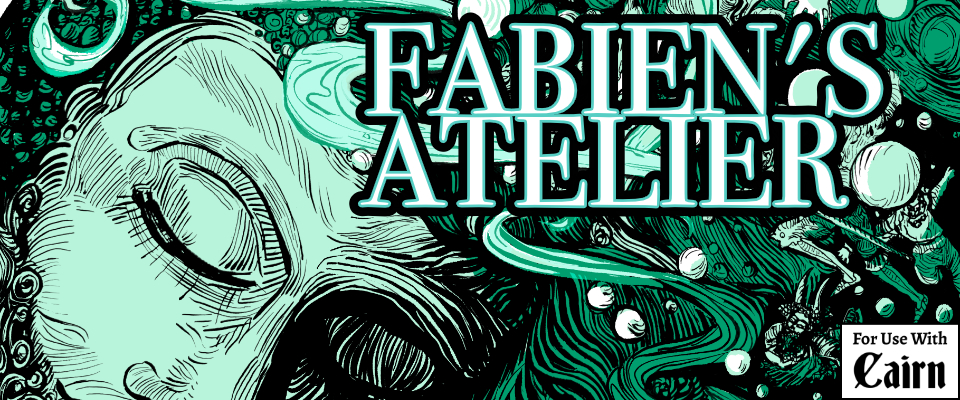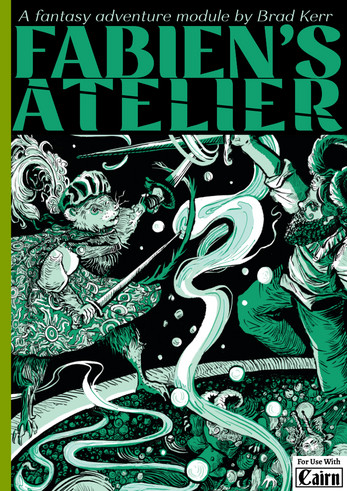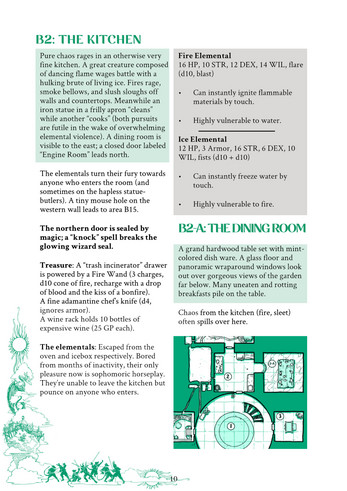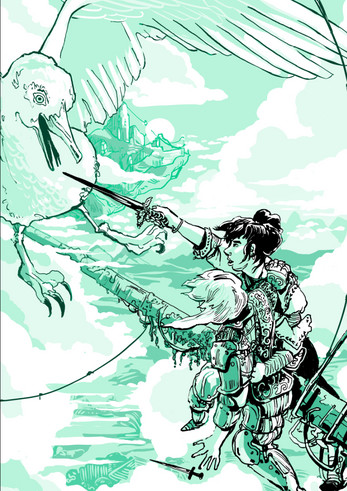
Fabien's Atelier
A downloadable game
Buy Now$4.99 USD or more
THE WIZARD FABIEN IS DEAD.
The magic in his flying island sputters and fades. Brave adventurers will enter the wizard’s floating workshop and unravel its mysteries before catastrophic failure sends the island crashing down to earth.
From the pages of Brad Kerr’s anthology WYVERN SONGS, Fabien’s Atelier is a fantasy adventure module updated for the role-playing game Cairn
- An escape room-style puzzle dungeon.
- The standalone sequel to Hideous Daylight.
- Play-test time: ~3 hours. Perfect for a one-shot or convention game.
- Includes player and GM map files for virtual tabletop usage
- Print version available from fine online retailers.
- Art by Amanda Lee Franck
- Cartography by Rob Matthews
| Status | Released |
| Category | Physical game |
| Rating | Rated 5.0 out of 5 stars (7 total ratings) |
| Author | Brad Kerr |
Purchase
Buy Now$4.99 USD or more
In order to download this game you must purchase it at or above the minimum price of $4.99 USD. You will get access to the following files:
FABIENS-atelier-cairn-pages.pdf 11 MB
fabien-map-files.zip 10 MB



Comments
Log in with itch.io to leave a comment.
I had a wonderful time thoroughly reading through this adventure and wanted to offer a few thoughts that might make it even easier to run at the table. I feel like this adventure is so close to being something that could be run effortlessly right out of the book. With just a few small adjustments, it could really minimize the need for page-flipping and make it even more GM-friendly. It already has almost everything a GM needs right there on each room page — just a little refinement would really make it shine.
"Down" or "Extra Down"?
The choice is yours in this delightfully tricky puzzle module.